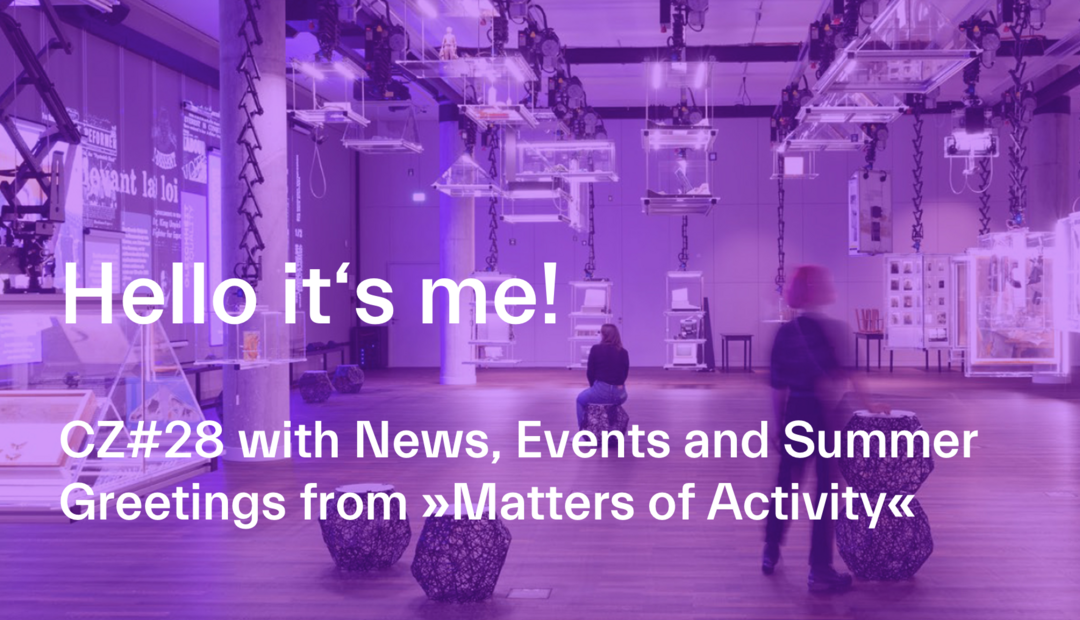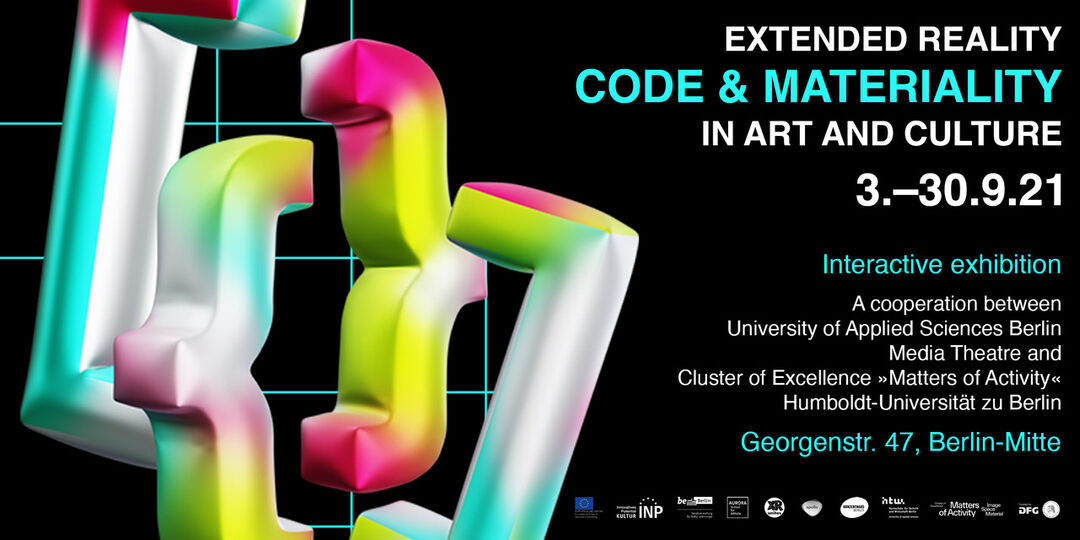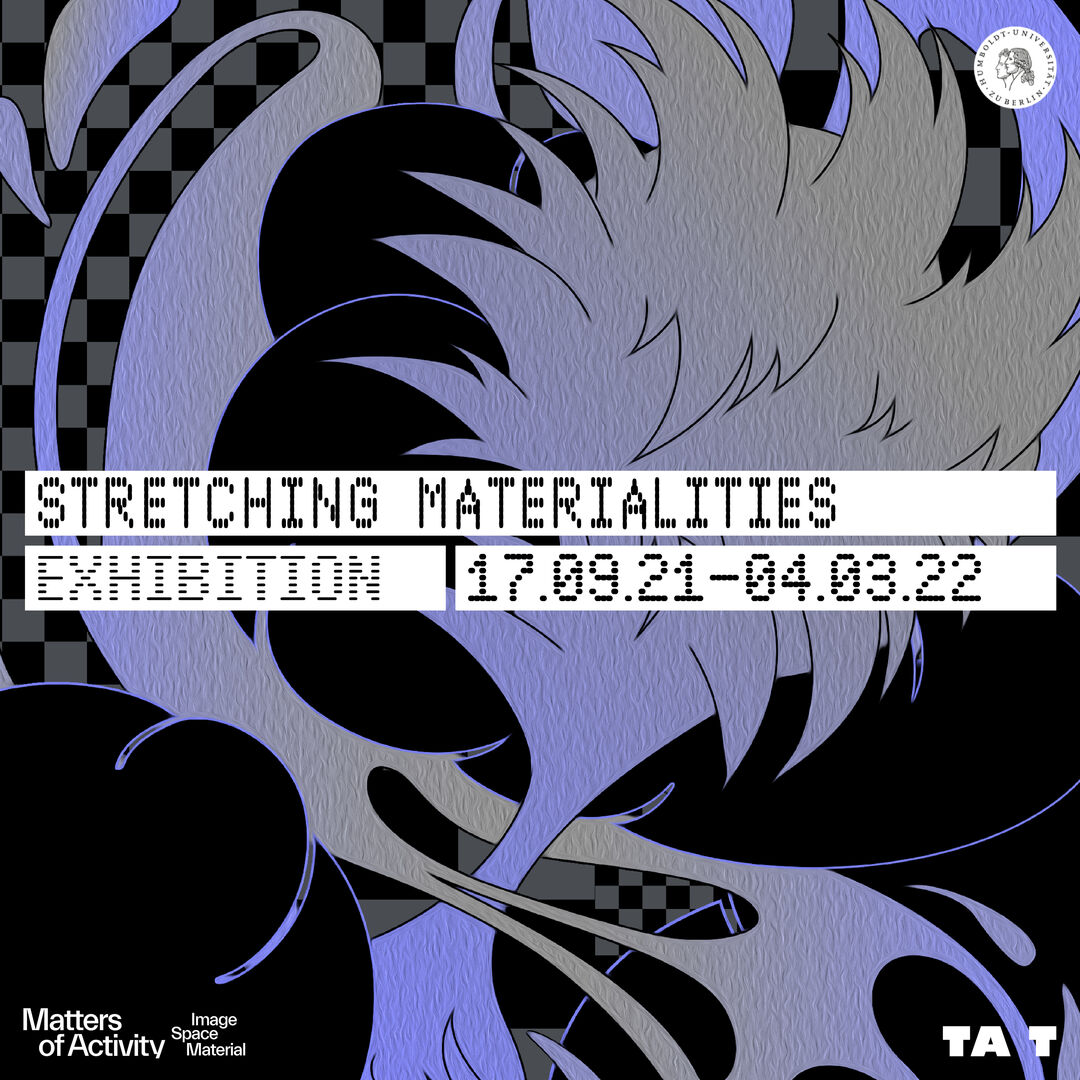|
|
 |
 |
|
|

|
 |
Exhibition »After Nature« at Humboldt Lab. Copyright: Michelle Mantel
|
|
Editorial Dear friends of »Matters of Activity«,
Before we start this well-deserved Summer Break, we would like to inform you about exciting news and events you can look forward to. On the one hand, the Humboldt Lab will finally be physically opened, so you can visit from July 20th and admire various exhibits from »Matters of Activity«.
On the other hand, our Members are already planning many activities directly after the Summer Break, so please save the dates!
We wish you all a hopefully relaxing summer vacation and lots of fun reading,
Antje Nestler, Carolin Ott & Franziska Wegener
|
 |
|
Liebe Freund:innen von »Matters of Activity«,
bevor wir uns in die wohlverdiente Sommerpause verabschieden, möchten wir euch erneut auf spannende News und Veranstaltungen hinweisen, auf die ihr euch freuen könnt. Zum einen wird das Humboldt Labor endlich auch physisch eröffnet, welches ihr ab 20. Juli besuchen und wo ihr auch diverse Exponate von »Matters of Activity« bewundern könnt.
Zum anderen planen unsere Mitglieder bereits diverse Aktivitäten direkt nach der Sommerpause, die es vorzumerken gilt.
Wir wünschen allen einen hoffentlich erholsamen Sommerurlaub und viel Spaß beim Lesen,
Antje Nestler, Carolin Ott & Franziska Wegener
|
 |
|
|
|
|
 |
| Extended Reality – Code and Materiality in Art and Culture |
| Interactive Exhibition in Cooperation of University of Applied Sciences Berlin (HTW) Media Theater and »Matters of Activity« |
 |
|
|

|
 |
Flyer of Exhibition »Code & Materiality in Art and Culture«. Copyright: University of Applied Sciences Berlin
|
|
3.9.2021–30.9.2021
|
 |
|
Filtering | XR What does materiality mean for art and culture from today’s perspective? How can materiality be understood in our post-digital age, where digital technologies permeate creative work from start to finish, both in terms of tools and materials and conceptually?
The exhibition »Extended Reality – Code and Materiality in Art and Culture,« September 3rd to 30th, 2021, illuminated various aspects of (digital) materiality through selected works from design, art, literature, music, performance and science that have been created with Extended Reality technologies (Augmented, Mixed and Virtual Reality).
→ more
|
 |
|
|
|
|
 |
| Exhibition »Stretching Materialities« |
| Hidden Activities in Objects and Spaces at Tieranatomisches Theater |
 |
|
|

|
 |
MoA Exhibition »Stretching Materialities«. Copyright: Offshore Design
|
|
16.9.2021–4.3.2022
|
 |
|
Object Space Agency | Stretching Materialities | Air | Climate | Cloud | More-Than-Human | Sensing – Vibrations | Stone | Textiles | Willow | XR | Performance Matter is dead? Objects are lifeless? Think again! In the exhibition »Stretching Materialities« the liveliness and activity of matter could be experienced in a completely new way. From September 16th, 2021 to March 4th, 2022, the Tieranatomisches Theater in Berlin became an interactive playground: an actual cloud levitated in the middle of the room, reacting to body heat and movement, hovering around the visitors like a strange creature. Stones revealed their weathering as a dynamic process of change. Large willow structures, carefully co-crafted by humans and computers, were interwoven with the inhabitable space. Korean ›durumagi‹, a silk overcoat connecting the digital and physical realm, vibrated on the visitors’ skin as they interacted with diverse materials. Walking through the room with VR headsets on, visitors could enter a glass elevator and travel straight down into the materials presented – into the CT scan of a stone or high up into the clouds to interact with air molecules.
→ more
|
 |
|
|
|
|